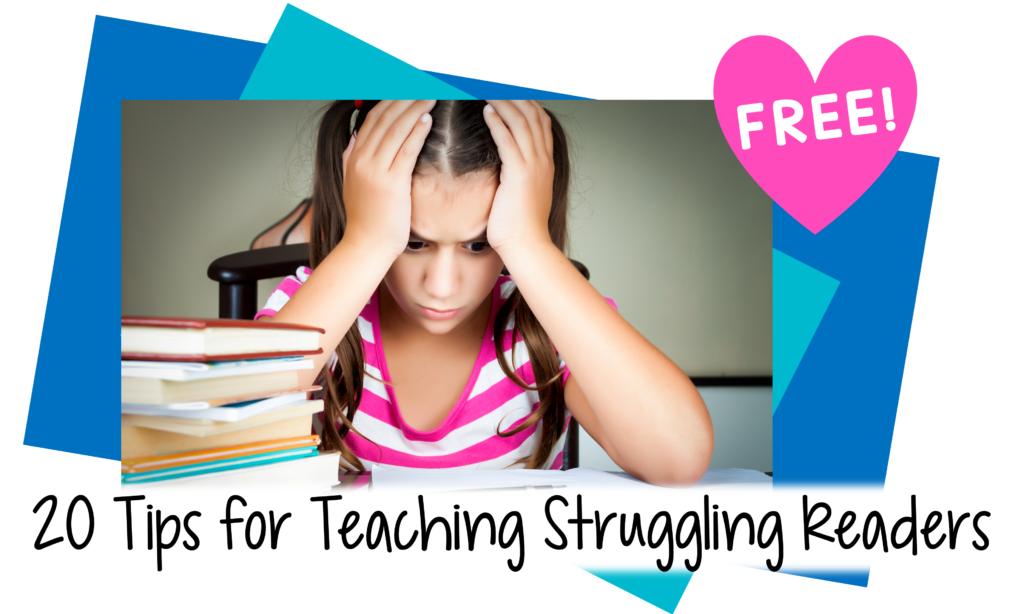When Many Roads to Reading popped into my head as a name for my website, I knew I had hit the jackpot, for the title encompasses many aspects of reading I care passionately about:
- the stages of learning to read;
- different ways we can teach reading;
- reading styles and dyslexic subtypes;
- various types of beginning reading texts.

Children do not all learn to read in the same way. Most youngsters go through several stages as they learn to read, but some skip stages and others get stuck at a certain stage and can’t progress any further. Students can take on different components of reading at different rates, and recent research is suggesting that some children may learn to read in an atypical manner because of the way their brain is organized.
Most students will learn to read no matter how we teach them, but some need very particular teaching methods to become literate. What I just said is controversial, but I hold this belief because of my own teaching experience.
I’ve found that some beginning readers need extra attention to learning how to decode phonetically, and that students don’t even all respond to the same methods of teaching phonics. Other children need more time to develop a sight vocabulary. Many kids with language difficulties need help with vocabulary and syntax. And let’s not forget the under-identified struggling readers who can correctly identify every word they come across, but have little or no comprehension or recall of what they just read. These children need extra help in learning how to focus on meaning as they read. (I am one of these readers.)
Remember how I told you that the idea of teaching kids to read in different ways is controversial? Some researchers and educators insist that all children with reading problems suffer from a common difficulty with phonological processing, and that they should all receive intensive, systematic phonics instruction to learn to read. I believe that these researchers have drawn false conclusions because of lumping together all students with reading problems.
Other researchers describe different “subtypes” of reading disabled children who need different forms of remediation, depending on their reading strengths and weaknesses. You can guess which camp I’m in.
How do we address the varying needs of struggling readers? Instead of simply grouping by text level, classroom and intervention teachers can pull small groups of readers to work on strategies such as decoding, comprehension, or fluency. Those of us who are fortunate enough to be working one-on-one with students, as reading tutors, can capitalize on students’ strengths until they are ready to be challenged. Once we have gained children’s confidence, we can begin addressing their weaknesses in reading.

We can also select different kinds of texts that are appropriate for specific readers at specific stages of learning to read. Some books are good for developing fluency; others have more decoding demands; still other texts are particularly helpful for developing sight vocabulary. We can choose not only the text level but also the type of text that will allow students to coordinate their various strategies into a efficient and active method for getting meaning from print.
I believe that we should carefully choose books and teaching approaches to help guide different beginning readers along the Many Roads to Reading. What do you believe?


Leave a Reply